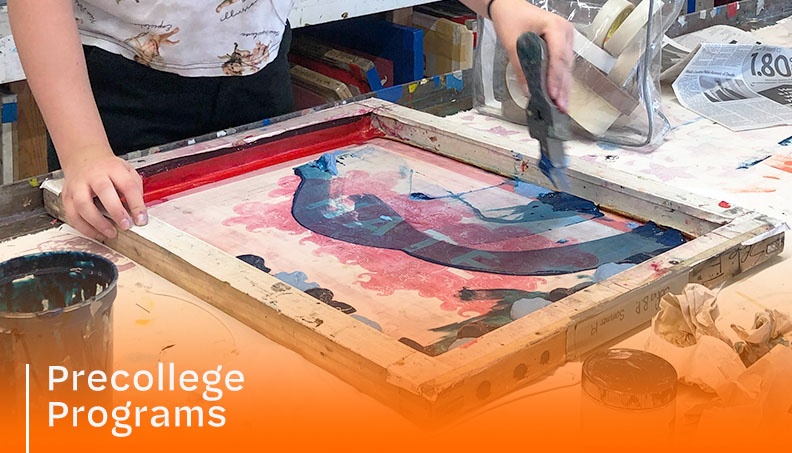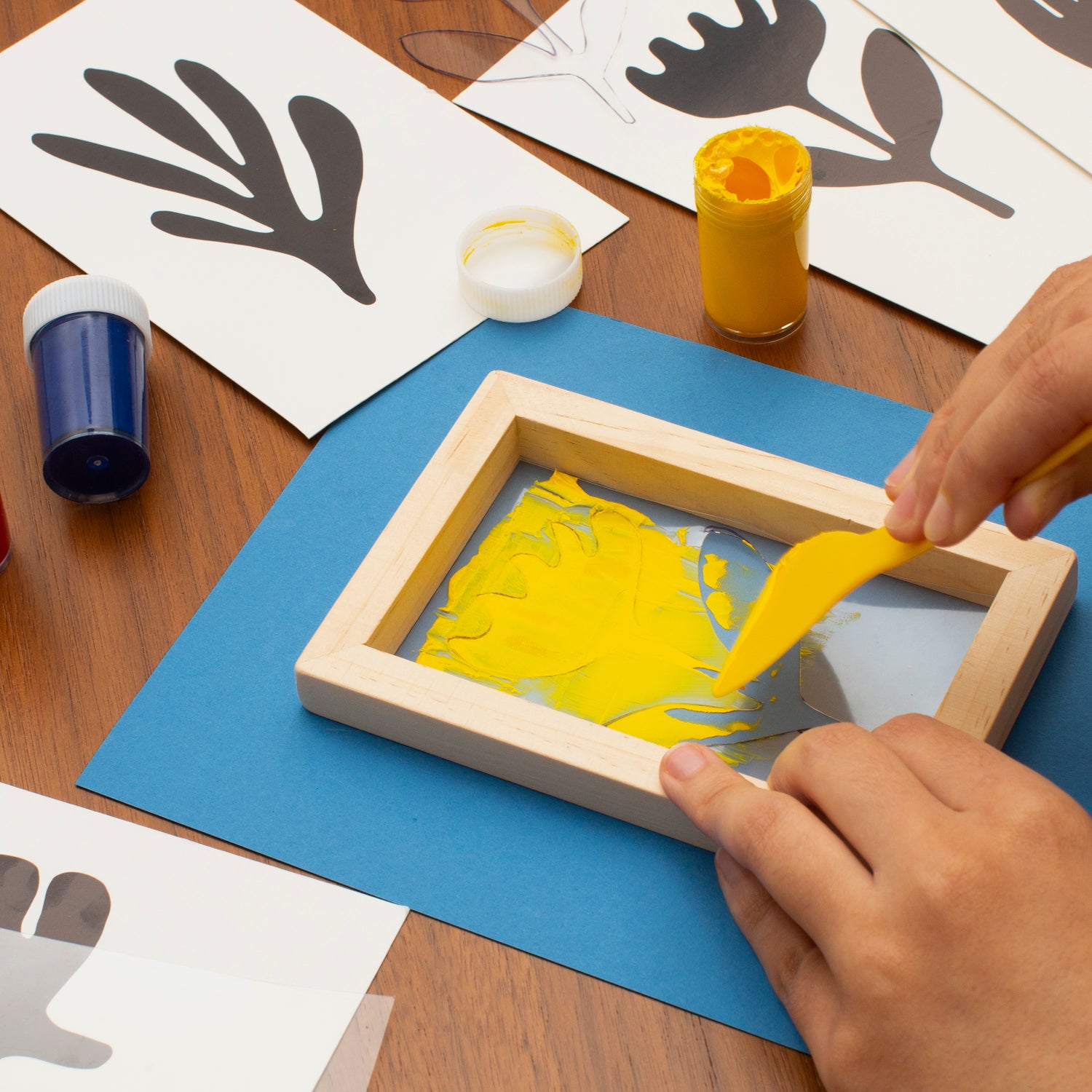The Necessary Guide to Understanding Screen Printing and Its Versatile Uses
Screen printing has a rich background that goes back to ancient times, evolving right into an innovative method made use of throughout various sectors today. This guide discovers the intricacies of the screen printing process, describing its applications in advertising and marketing, style, and home style - 10:9 Design Screen Printing. Comprehending these fundamentals can open up imaginative possibility for both industrial and creative tasks. The following sections will reveal crucial tips and techniques to enhance one's screen printing undertakings
The History of Screen Printing
Although screen printing has origins that map back centuries, its advancement shows the technological and imaginative innovations of different societies. Coming from ancient China, the technique was originally utilized for decorating fabrics and later spread to Japan, where it came to be important to Ukiyo-e woodblock printing. The approach moved to Europe in the 18th century, where it obtained popularity among craftsmens and business printers. The innovation of photo emulsion in the 20th century changed screen printing, enabling for more complex layouts and higher effectiveness. Artists like Andy Warhol better propelled its popularity, making use of the medium to produce renowned jobs that blended commercialism and art. By the late 20th century, screen printing had developed itself as a versatile method, utilized in fashion, advertising and marketing, and art. Today, it continues to develop, incorporating digital innovation and broadening its applications throughout various sectors.
The Screen Printing Refine Explained
Screen printing transforms imaginative visions into tangible designs with a collection of exact steps. A picture is produced and then transferred onto a screen, typically made of fine mesh textile extended over a structure. A light-sensitive emulsion is put on the screen, which is exposed to light, hardening in areas not covered by the image. After cleaning out the unhardened solution, a pattern is developed.
Next, the screen is positioned over the substratum, whether it be textile, paper, or another product. Ink is after that pushed via the open locations of the pattern making use of a squeegee, transferring the style onto the substrate below. This procedure can be repeated for multiple shades, calling for different screens for each color. Lastly, the published thing is healed making use of warm to ensure the ink adheres appropriately, causing a sturdy, vibrant design on-line.
Sorts Of Screen Printing Techniques

Additionally, specialty methods, such as discharge screen printing, get rid of dye from the material to produce softer prints, while foil screen printing applies metal foil to attain a glossy finish (10:9 Design Company). Each method supplies distinctive attributes, satisfying numerous imaginative requirements and production ranges, ultimately increasing the opportunities within the screen printing domain
Applications of Screen Printing in Numerous Industries

In addition, the signs and advertising industries utilize screen printing for producing appealing display screens and banners. This approach permits vibrant shades and complex styles that record interest. In electronics, screen printing is used for applying conductive inks to circuit card, important for part links. The home style sector welcomes screen printing to produce distinct layouts on textiles and wall art. Generally, screen printing acts as an essential tool across diverse areas, enhancing products with individualized and visually enticing graphics.
Tips for Successful Screen Printing Projects
While embarking on a screen printing project, mindful focus to detail can considerably enhance the final outcome. First, choosing top quality products is important; this consists of the screen, inks, and substrates. Making use of proper mesh matters can influence ink deposition and information resolution. Prep work is equally essential; comprehensive cleaning of screens and appropriate direct exposure times ensure crisp prints.
Next, precise enrollment is foamboard signage crucial for multi-color prints. Making use of placement tools can assist achieve specific layering. Furthermore, testing prints on scrap products prior to production aids determine potential problems without squandering resources.

Often Asked Concerns
What Products Are Best for Screen Printing on Textile?
Cotton and polyester blends are perfect for screen printing on material due to their longevity and ink absorption. Additionally, specialized materials like silk or canvas can produce one-of-a-kind textures and coatings, enhancing the overall layout high quality.
How Do I Clean and Maintain Screen Printing Devices?
To cleanse and preserve screen printing equipment, one must frequently wash displays with ideal solvents, evaluate squeegees for wear, oil moving parts, and shop all items in a dry, dust-free setting to lengthen their life expectancy.
What Are the Ecological Effects of Screen Printing?
Screen printing can have substantial ecological impacts, including chemical waste from inks and solvents, water usage throughout cleansing procedures, and energy intake. Green materials and sustainable methods are vital for minimizing these negative impacts.
Can Screen Printing Be Done in the house Effectively?
Screen printing can be properly done at home with the ideal products and methods. Enthusiasts can create top quality prints, though success relies on their ability degree, tools, and understanding of the procedure included.
What Are the Costs Connected With Starting a Screen Printing Company?

Beginning a screen printing company involves expenses for devices, products, and work area. Initial expenditures typically vary from a couple of hundred to several thousand dollars, relying on the range, top quality of machinery, and wanted manufacturing capability.
Screen printing has a rich background that dates back to ancient times, developing into an innovative strategy utilized across numerous industries today. One more technique, rotary screen printing, uses cylindrical displays, helping with continuous printing on textile rolls, thereby boosting performance for large-scale manufacturings. In addition, specialty techniques, such as discharge screen printing, eliminate color from the textile to create softer prints, while foil screen printing applies metallic aluminum foil to attain a shiny finish. In the style industry, screen printing is extensively made use of to develop vibrant layouts on garments, allowing brand names to display their special styles. Cotton and polyester blends are suitable for screen printing on material due to their durability and ink absorption.